#birds of bronx
Text
Perks of having the tallest tree in the area in the backyard

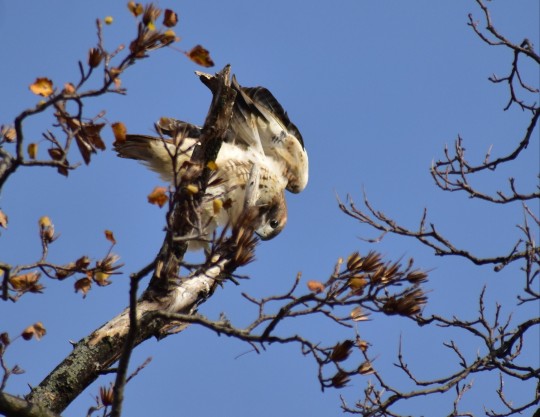
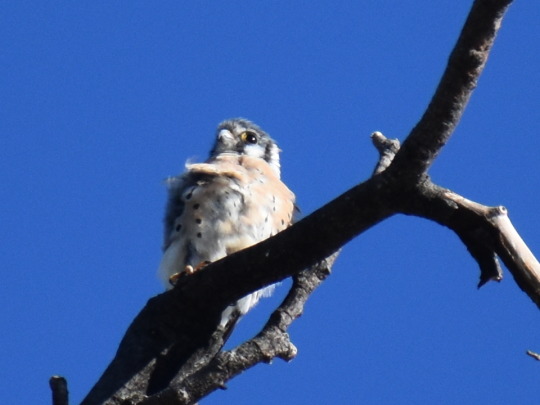


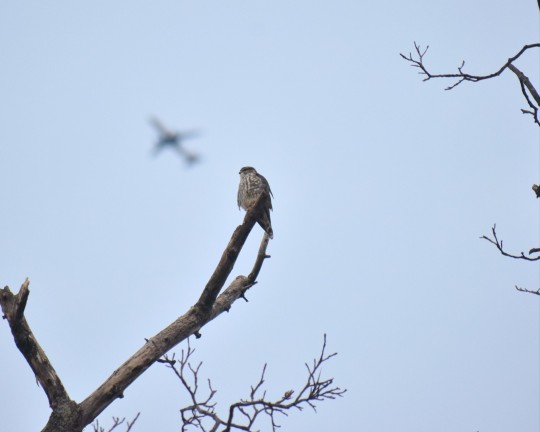


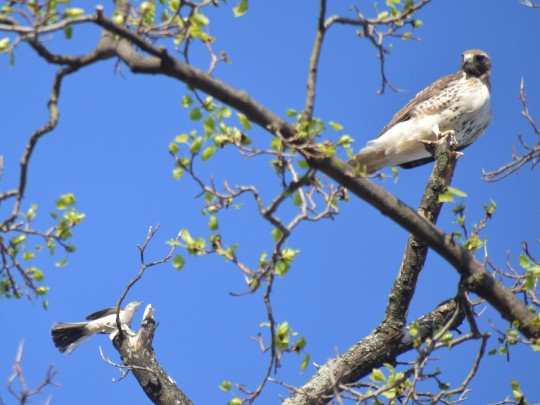

2K notes
·
View notes
Text





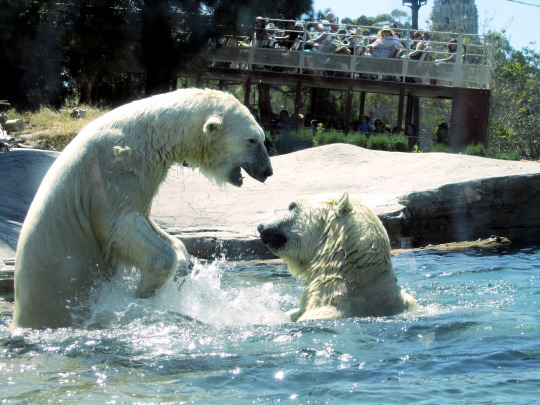


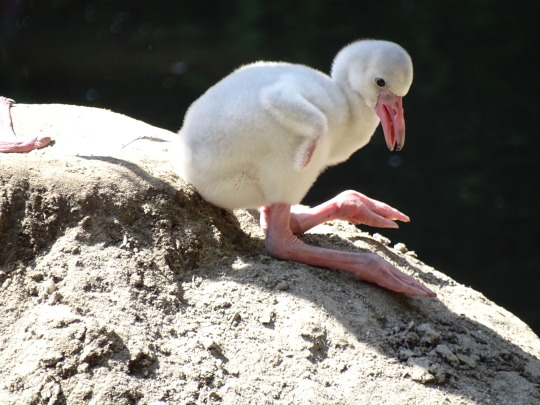


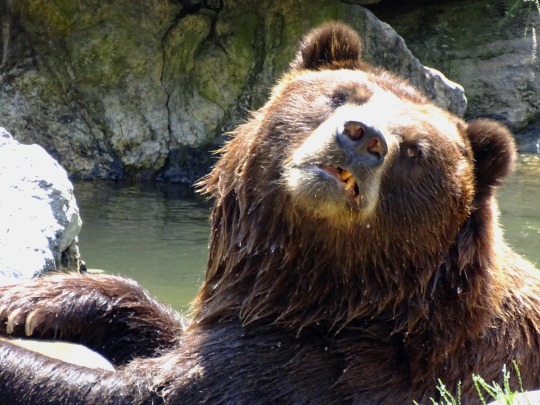



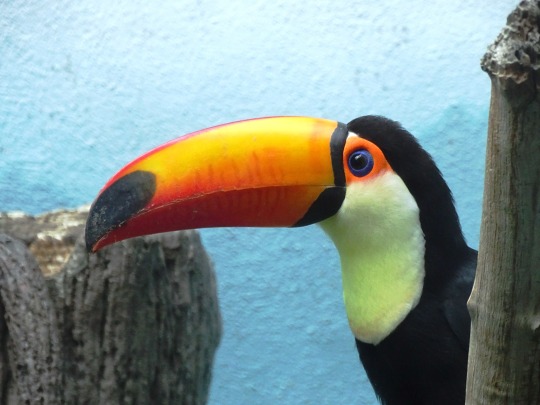

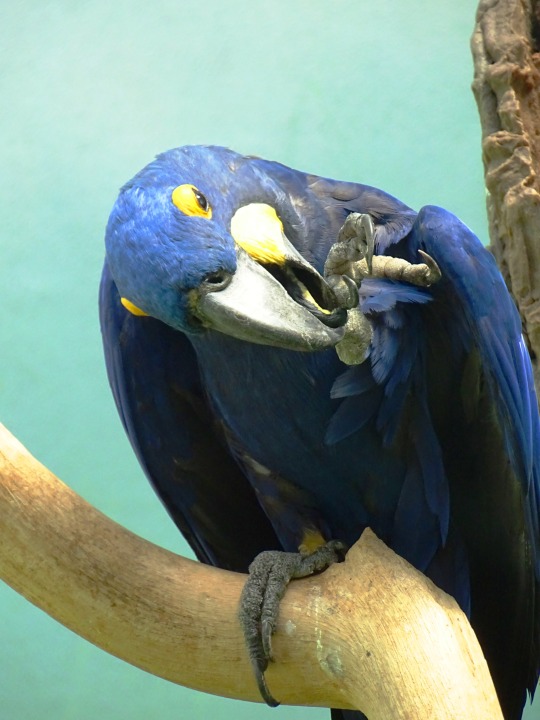



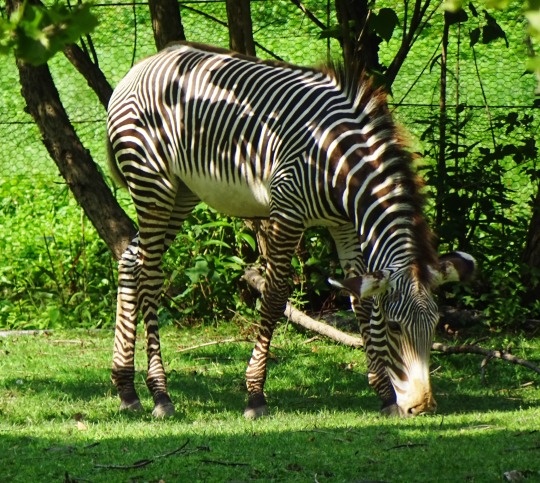
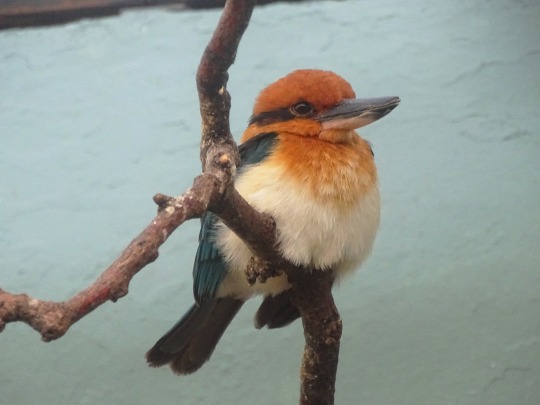


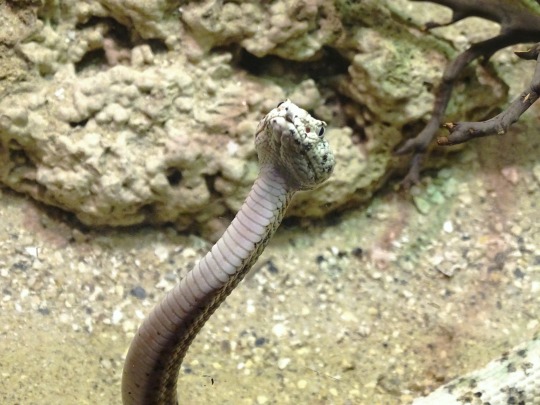


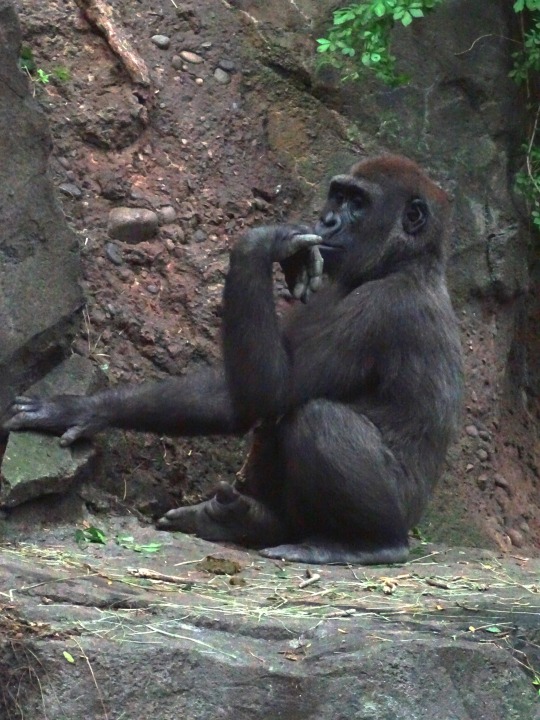

National Zoo Lovers Day
National Zoo Lovers Day, celebrated on April 8 in the U.S. brings all the zoo animal enthusiasts together to celebrate this significant day! Do you know how many animals were saved by zoos from going extinct? Yes, zoos are more than just conservation sites for endangered species, they also provide educational, research, and entertainment purposes. We can trace the history of zoos back to 4000 B.C. If you love animals, then this holiday is just for you. Visit a zoo nearby to find out about your favorite animals; you can also ask to volunteer at a zoo!
History of National Zoo Lovers Day
In the 7th century B.C, the Greeks had the habit of caging animals. ‘Alexander the Great’ sent many animals caught on his military expeditions to Greece. The earlier Egyptian and Asian zoos were kept mainly for public visitors and secondarily used for research purposes. During the 4th century B.C., the Greeks were more concerned with the research and experiment of captivated animals. The Romans had two different animal collections for arena and research objectives.
After the Roman Empire, zoos faced a downfall, but some private collections existed by Emperor Charlemagne in the eighth century and Henry I in the 12th century. King Philip VI had a menagerie in the Louvre, Paris, in 1333. Many members of the house of Bourbon had animal collections at Versailles. Later in 1519, a zoo was discovered in Mexico, which habituated birds, mammals, and reptiles. It was maintained by 300 zookeepers. In 1752, the Imperial Menagerie was founded at the Schönbrunn Palace in Vienna as the first modern-day zoo.
In 1828, two years after the Zoological Society of London was founded, the collection was created in Regent’s Park. By the mid 19th century, zoos were established worldwide. Among the existing zoos of today, more than 40 zoos are 100 years old. Most of these old zoos are in Europe. Since the end of World War II, there has been a fast and worldwide growth of zoos, many of which serve the purpose of public entertainment and economic gain rather than animal research. The exact number of public animal collections across the world today is unknown, although it is believed to be in the thousands.
National Zoo Lovers Day timeline
3500 B.C.
Hierakonpolis Zoo
The strange animal remains discovered near Hierakonpolis, Egypt's ancient capital, suggest the existence of a huge, exotic predynastic zoo.
1500 B.C.
First Real Zoo
Queen Hatshepsut establishes the first real zoo in Egypt.
30 B.C.
The Rise Of Private Zoos
From the shreds of evidence found in Egypt and Mesopotamia, private zoos show status among the wealthy in Rome.
1874
America’s First Zoo
America’s first zoo opens in Philadelphia, Pennsylvania.
National Zoo Lovers Day FAQs
Why do we need zoos?
Zoological gardens are needed to preserve biodiversity. Zoos provide a home to exotic endangered animals and have a history of saving many animals from being extinct.
Why are pet animals not allowed in the zoo?
Pet animals are not allowed in the zoo for various reasons. It can affect the health of zoo animals. Pet animals can be agitated by strange sounds, sights, and smells, which can bring out harm to anyone around.
Can I bring home the adopted animal?
Unfortunately, you cannot. The animals in the zoo cannot be brought up in a domestic household. You will be providing financial support for the animal you have adopted.
How to Celebrate National Zoo Lovers Day
Volunteer: Well, the greatest pleasure you can gain on National Zoo Lovers Day is by volunteering at a local zoo. It is a great opportunity to have a close observation of animals.
A family picnic: A great occasion to have an interesting yet informative family picnic. Take this opportunity to explore unique and exotic animals. You could also share some pictures on social media, spreading the word!
Adopt animals: Many zoos across the world provide animal adoption programs. You can show your love for conserving unique and exotic animals by adopting animals in zoos.
5 Fun Facts About Zoos That’s Sounds Too Good To Be True
Morning walks: Chendra, an Asian elephant in Oregon Zoo, likes to take a morning walk to meet her fellow zoo mates.
Entrance fee: 1/160th of a pound was charged as a zoo entrance fee at The Tower of London back in the 18th century; alternatively, visitors can also provide cats or dogs to feed the lions.
A valorous German Shepard: In 1987, a German Shepherd guard dog defeated an escaped Jaguar in Belgrade Zoo — in this valorous action, the dog saved the life of a zoo employee.
Giant pandas: China contains the ownership of all giant pandas worldwide and they are loaned to other countries at a rental price of one million dollars per pair, per year to raise funds for conservation programs in China.
Disk-throwing chimp: In Sweden, a 30-year-old chimp at Furuvik Zoo collects concrete disks to throw at the visitors.
Why We Love National Zoo Lovers Day
Fun-filled knowledge: National Zoo Lovers day reminds us to explore our local zoos. Every year, millions of people visit zoos and learn about many animals. It also provides a great opportunity for friends and families to have a fun time learning together.
Conserving the endangered: One great thing about zoos is conserving the species at the risk of extinction. An imbalance in biodiversity can bring a disastrous impact on the ecosystem. It reminds us of our responsibility towards nature.
Animal welfare: A wonderful day to remind animal enthusiasts to play their part in animal welfare. An opportunity for providing a large platform to gather support across the world.
Source
#National Zoo Lovers Day#ZooLoversDay#8 April#Bronx Zoo#vacation#my favorite zoo#New York City#summer 2018#2019#original photography#travel#animal#flora#fauna#Grizzly Bear#brown bear#Sulawesi hornbill#lion#inca tern#bald eagle#bird#nile crocodile#tiger#zebra#Silvery lutung#Mandrillus sphinx#Mandrill#close up#USA#tourist attraction
4 notes
·
View notes
Text
#bird video#nature video#american robin#redwing blackbird#birds#beach#aquatic plants#eastchester bay#pelham bay park#the bronx#video
5 notes
·
View notes
Photo
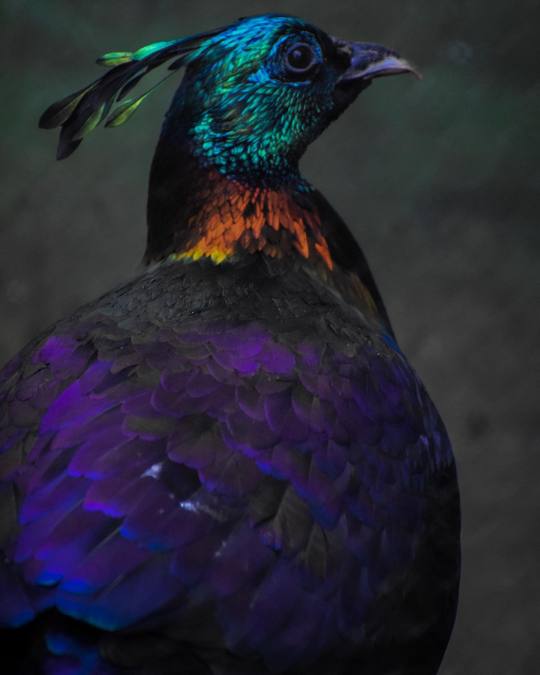
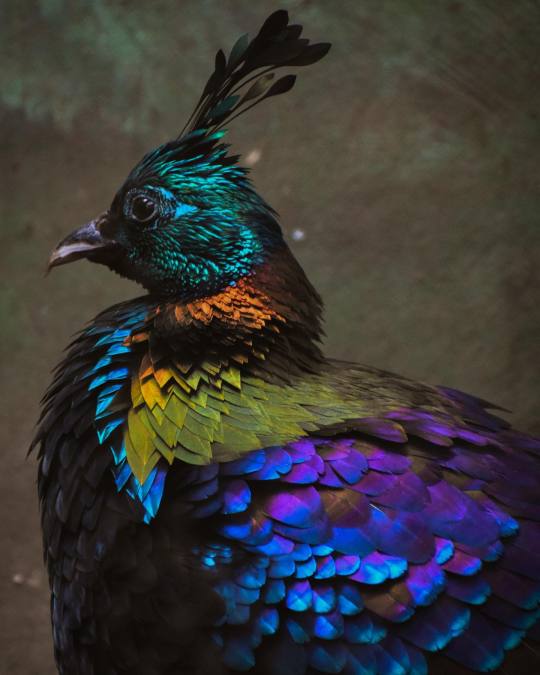

the Himalayan Monal // Jeena
36 notes
·
View notes
Text

Lady Bird, 2017, movie poster, featuring Saoirse Ronan, design by BLT
#cinema#lady bird#greta gerwig#sacramento#california#saoirse ronan#bronx#nyc#new york#movie poster#graphic design#blt#los angeles#usa
2 notes
·
View notes
Text


me and who?
6 notes
·
View notes
Text

SOUNDVIEW 8AM
#shanellpho#photographer#photography#edit#magazine#nyc#canon#tumblr#blackartist#artist#digital magazine#new#bronx#blackwomen#bus#schoolbus#birds#foggy#nice weather#bad weather
0 notes
Text
Some Brown Sparrows
Bruce Fearing
Some brown sparrows who live
in the Bronx Zoo visit often
the captive Victoria Crested
Pheasant, visit captive Peacocks,
Cockatoos. They fly through bars
to visit also monkeys, jackals,
bears. They delouse themselves in
cage dust, shaking joyously;
they hunt for bread crumbs, seeds
or other tidbits. Briefly,
they lead free sparrow lives
and fly free.
"Reflections on a Gift of Watermelon Pickle... And Other Modern Verse" - compiled by Stephen Dunning, Edward Lueders, and Hugh Smith
#book quotes#poetry#reflections on a gift of watermelon pickle#stephen dunning#edward lueders#hugh smith#some brown sparrows#bruce fearing#brown sparrow#sparrow#bronx zoo#victoria crested pheasant#victoria crowned pigeon#goura victoria#captivity#captive#peacock#cockatoo#birds#monkeys#jackals#bears#delouse#shaking#joyous#hunting#breadcrumbs#seeds#tidbits#fly free
1 note
·
View note
Text
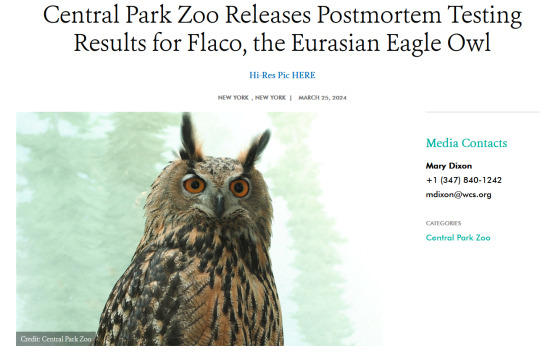
The Bronx Zoo has just released Flaco's necropsy results.
He was not thriving, as the people championing the ideal of "freedom" claimed.
He was poisoned.
He was sick.
He was suffering.
"Freedom" would have eventually killed him. A building just happened to do it first.
"Postmortem testing has been completed for Flaco, the Eurasian eagle owl that was found down in the courtyard of a Manhattan building a little over a year after his enclosure at the Central Park Zoo was vandalized on February 2, 2023. Onlookers reported that Flaco had flown into a building on the Upper West Side of Manhattan on February 23, 2024, and acute trauma was found at necropsy.
Bronx Zoo veterinary pathologists determined that in addition to the traumatic injuries, Flaco had two significant underlying conditions. He had a severe pigeon herpesvirus from eating feral pigeons that had become part of his diet, and exposure to four different anticoagulant rodenticides that are commonly used for rat control in New York City. These factors would have been debilitating and ultimately fatal, even without a traumatic injury, and may have predisposed him to flying into or falling from the building.
The identified herpesvirus can be carried by healthy pigeons but may cause fatal disease in birds of prey including owls infected by eating pigeons. This virus has been previously found in New York City pigeons and owls. In Flaco’s case, the viral infection caused severe tissue damage and inflammation in many organs, including the spleen, liver, gastrointestinal tract, bone marrow, and brain.
No other contributing factors were identified through the extensive testing that was performed.
Flaco’s severe illness and death are ultimately attributed to a combination of factors—infectious disease, toxin exposures, and traumatic injuries—that underscore the hazards faced by wild birds, especially in an urban setting."
The naturalistic fallacy kills animals in horrible ways. The romanticism of what humans want to think of as a "free, wild, pure life" cannot be allowed supplant the reality of injury, sickness, and death. Releasing captive animals (or keeping them from being recaptured) because it's "better" for them to suffer untethered than live a healthy, safe, captive life is inhumane and horrific.
Flaco's life didn't have to end in pain, sickness, and suffering.
Flaco's death didn't have to be tragic.
But once the idea of "freedom" entered the chat, Flaco's fate was unavoidable.
#flaco#tw animal death#tw animal sickness#better dead than fed is a horrific mindset#zoo animal welfare#screenshot feat the WCS's inability to remember to remove their editorial template from highly sensitive press releases round 2#colored text#people who loved the ideal of him more than the reality of him#congrats#you killed this owl#I'm still so mad that people who wanted him to stay loose got all sorts of media attention for the elegies they wrote when he died
7K notes
·
View notes
Text
Stopping by Botanical Gardens today was the best choice.




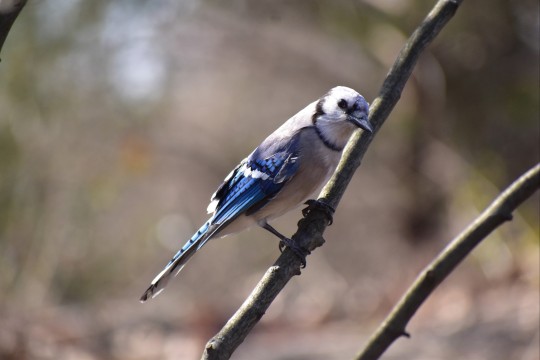




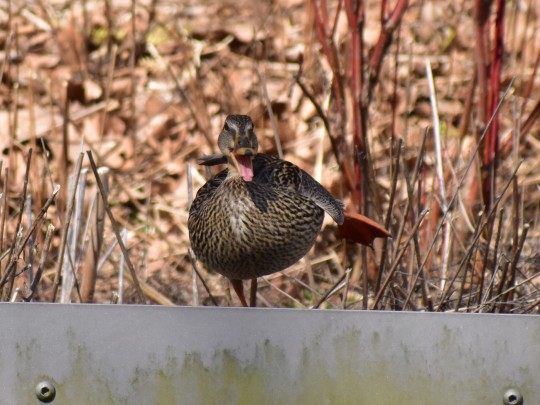
#birdwatching#birds of bronx#new york botanical garden#nature photopragpy#birds#blue jay#common grackle#black capped chickadee#red winged blackbird#kung-fu mallard#red tailed hawk
1K notes
·
View notes
Text
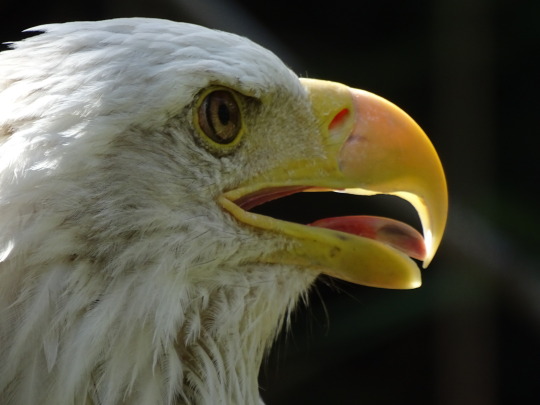











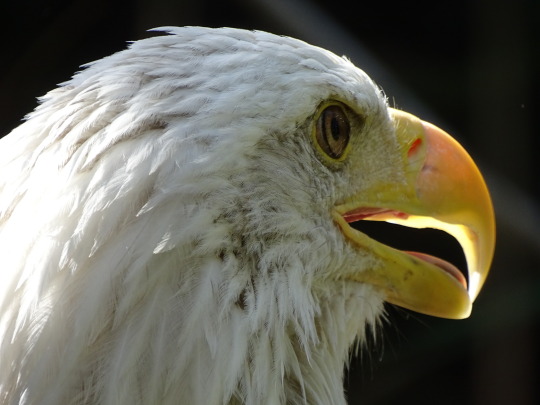
National American Eagle Day
The bald eagle is the national symbol and emblem of the United States, as well as the country's national bird. It also is on the obverse side of the Great Seal of the United States. Today we celebrate the bald eagle, on the anniversary of the day in 1782 when the seal bearing its image became official. Besides being celebrated for being on the Great Seal and for being the country's symbol and national bird, the eagle is celebrated today for its recovery after almost becoming extinct, for the values and ideals it has come to represent, and for its importance to American folklore and society.
In 1776, Benjamin Franklin, John Adams, and Thomas Jefferson were tasked with creating a seal for the newly formed country. Their design was not accepted by Congress, and a few other committees were formed over the next few years where various people worked on designing the seal. Finally, after six years, a design was approved and became official on June 20, 1782.
The Great Seal is attached to many official documents, such as treaties and presidential proclamations. There is an official Great Seal kept in a mahogany cabinet in Exhibit Hall at the State Department in Washington D.C., which is used to stamp the seal on documents. The obverse and reverse of the seal can also be found on the back side of the one dollar bill.
The eagle is at the center of the obverse side of the Great Seal. It is holding an olive branch in its right talon and thirteen arrows in its left talon. The olive branch symbolizes the country's commitment to peace, while the arrows symbolize the country's readiness for war. The thirteen arrows also represent the original colonies. The eagle holds a scroll in its beak, on which is written the original national motto, "E pluribus unum," which means "out of many, one." This too is a reference to the original thirteen colonies, which came together to form a new country. This side of the seal is considered to be the coat of arms of the United States.
American Eagle Day has gone by—or goes by—various names such as Bald Eagle Day, National Bald Eagle Day, National Eagle Day, National American Eagle Day, and American Bald Eagle Day. Regardless of its name, it takes place on June 20 and celebrates the same thing. On January 28, 1982, President Ronald Reagan issued a proclamation for National Bald Eagle Day, after a joint resolution of Congress designated 1982 as the Bicentennial Year of the American Bald Eagle, and June 20, 1982, as National Bald Eagle Day. American Eagle Day was proclaimed by President Bill Clinton in 1995, as well as by Tennessee Governor Don Sundquist, after urging from the American Eagle Foundation.
Reagan and Clinton's proclamations did not make it an official annual day for the bald eagle, though, but the public has celebrated the eagle annually on today's date, nonetheless. Furthermore, almost all states have since made the day an official observance for the bald eagle. Beginning in 2007, the United States Senate started passing resolutions marking the day. If a joint resolution with the House of Representatives is passed, American Eagle Day would permanently be established. Then, a presidential proclamation would just need to be issued each year, as presidential proclamations don't renew.
Bald eagles are only found in North America, and their numbers began going down after Europeans arrived on the continent. In 1782, there were between 25,000 and 75,000 bald eagles in the lower 48 states, but by the late 1800s, they began becoming scarce. This was because of a few reasons. They were seen as vermin and a threat to livestock and were shot by farmers. Others saw them as game. Western movement in the United States destroyed habitats and food sources. In 1940, Congress acted to protect the birds by passing the Bald Eagle Act.
It was also around this time, though, just after World War II, when DDT began being used. It got rid of mosquitos and other small agricultural pests, but it also had a detrimental effect on bald eagles. Small animals ingested the chemical and were in turn eaten by eagles, affecting them and their eggs. Eggs became thinner, causing them to break. By 1963, only 417 mating pairs of bald eagles were left in the lower 48 states. The banning of DDT in 1972 is seen as the most important thing to help the recovery of the bald eagle. The Endangered Species Acts of 1966 and 1978 also helped with the restoration of the birds. It took more than laws to bring back the birds, though. Many birds were bred in captivity and reintroduced to places throughout the United States. The work and efforts of federal and state fish and wildlife agencies, scientists, environmentalists, conservationists, and groups like the American Eagle Foundation all were fundamental to the restoration of the bald eagle population.
The birds were removed from the endangered species list in 1995, and in June of 2007 their status was changed from "threatened" to "protected." By the late 2000s, there were estimated to be 10,000 nesting pairs. Some believe there are now about 15,000 nesting pairs in the lower 48 states. Bald eagles still face threats, however, such as loss of habitat, contaminants, and diseases, so it is important that they remain protected.
Bald eagles are not actually bald but have white plumage on their heads. Young bald eagles mainly have brown heads. Eagles eat fish, as well as small animals such as ducks, crabs, gulls, rabbits, and amphibians. Sometimes they chase down other birds and steal food from them, scavenge for food in dumpsters, or eat carrion—decaying dead animals. They can dive at speeds of 100 miles an hour to catch their prey, and otherwise fly at a speed of about 30 miles an hour.
Bald eagles usually mate for life, after pairing up at about the age of four or five. Females lay two or three eggs, and both parents incubate and protect them from predators such as ravens, gulls, and squirrels. Both parents also feed the young, as well as build the nest the family lives in. The nests are made with sticks and lined with softer materials such as grass and feathers. They may be used multiple years, and new material is added to them each year. The nests are usually two to four feet deep and four to five feet wide. The Guinness World Record for the largest bird's nest is of a bald eagle nest. It was twenty 20 feet deep and 9.5 feet wide.
Female bald eagles are larger than males, which is the easiest way to tell the sexes apart, as they both have the same plumage pattern. Full grown eagles have wingspans of about seven feet. The birds often live to be about 30 to 35 years, and it is believed the oldest wild bald eagle lived to be 38.
The American Eagle Foundation is instrumental in organizing events for American Eagle Day each year. Conservation and educational organizations hold public outreach events, such as workshops and lectures, to show the importance of protecting bald eagles and other wildlife. Many citizens also celebrate the eagle in various other ways on the day.
How to Observe
Visit the American Eagle Foundation or learn more about the foundation in general. They put on an event each year that you could attend, but if you are unable to, there are live eagle nest cameras on their website that you could view instead, and you could donate to support the foundation's work as well.
You also could look for other events closer to your home that are taking place. On your own, you could learn more about bald eagles by reading about them. One famous bald eagle you could learn about is Old Abe. You could also visit a zoo to see one or find some out in the wild. If you are interested in the historical significance of the day, you could visit the Great Seal in Washington D.C. Other ways the day could be celebrated are by flying a flag on a flagpole with an eagle on top, listening to the Eagles, or listening to songs about eagles.
As it is not yet an official national day, you could write to your governor or the President, asking them to support the day. It may be even more fitting to write to the leadership of the House of Representatives, in order to ask them to join the Senate in passing a joint resolution to make American Eagle Day permanent.
Source
#NationalAmericanEagleDay#Bronx Zoo#bird#animal#travel#original photography#vacation#tourist attraction#landmark#outdoors#National American Eagle Day#20 June#fauna#nature#USA#New York City#summer 2019
18 notes
·
View notes
Text


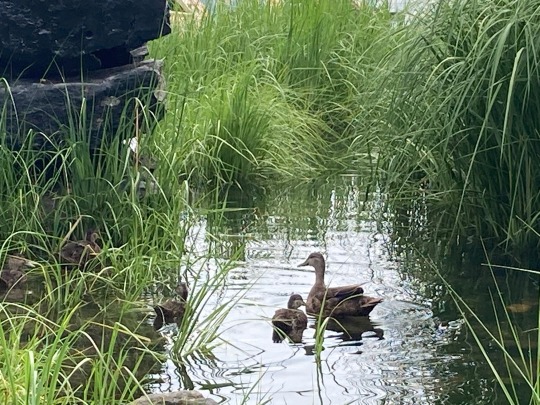
#bird video#nature video#ducks#ducklings#anas#juvenile ducks#waterfowl#aquatic birds#aquatic plants#eastchester bay#pelham bay park#the bronx#video
5 notes
·
View notes
Video
White-crested Laughingthrush by Coyoty
Via Flickr:
Garrulax leucolophus. At the Bronx Zoo in New York, NY.
#Bronx Zoo#New York#New York City#NY#NYC#zoo#nature#animal#fauna#bird#white-crested laughingthrush#laughingthrush#Garrulax leucolophus#avian#wild#life#wildlife#Animal Planet#flickr
0 notes
Photo
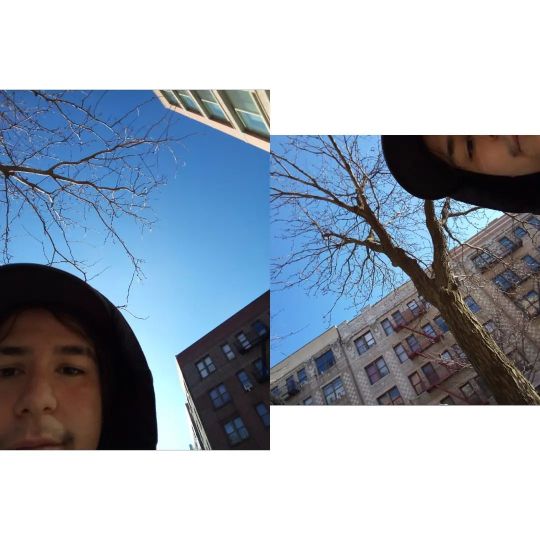
#bronx #birds #birthplace (at Bronx, NY) https://www.instagram.com/p/CmmU0BhpqYq/?igshid=NGJjMDIxMWI=
0 notes

